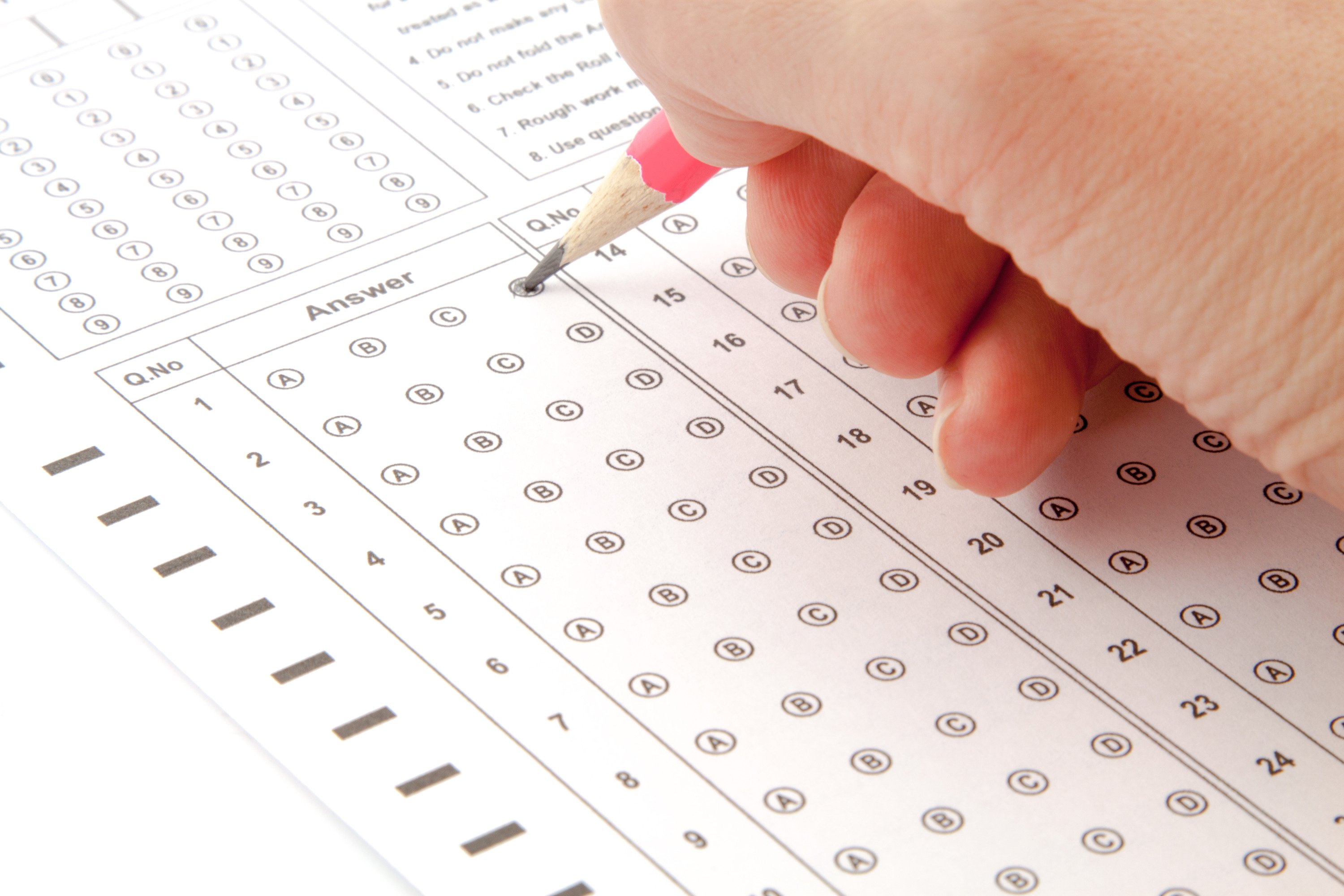When Can I Take the PSAT?
Traditionally, the PSAT is offered on a Wednesday and a Saturday in mid-October each year. Schools will choose their test date and will administer the PSAT to students who are eligible to take the exam.
There is also an alternate PSAT test date that schools may opt into, as well, if scheduling on the two national test dates is not possible. Your school’s PSAT test date will be posted on your school calendar, and the school will make an announcement about the exam itself at the start of the school year.
In 2021, the PSAT will be administered on Wednesday, October 13th and Saturday, October 16th. The alternate PSAT test date is Tuesday, October 26th.
There are different versions of the PSAT: the PSAT 8/9 is a version of the PSAT designed for students in the 8th and 9th grades. The PSAT 10 and PSAT/NMSQT are designed for sophomores and juniors. All three tests cover the same subjects—Reading, Writing, and Mathematics—but the content of the PSAT 8/9 conforms to students entering high school, and it is relatively shorter, as well. Many schools do not administer the PSAT 8/9, though almost all high schools do administer the PSAT to sophomores and juniors.
When Should I Take the PSAT?
Juniors should plan on taking the PSAT on the national test dates available in October, keeping in mind that doing so is a high-reward, low-risk activity. The PSAT itself is a very formally administered practice test that is similar to the SAT, and it will give you a comfortable, realistic sense of what it’s like to take standardized tests.
Should I study for the PSAT?
There are a few reasons that it may be worthwhile to study for the PSAT.
First, it is always nice to know what will be on an exam if you take an almost-three-hour-long test. Get a sense of what is on the test, how the material is stylized, how sections are structured, and what the pacing of the exam will be like.
Second, the PSAT will give you a sense of what performance on the SAT may be like later on during your junior year. It may be helpful to study for the PSAT because what review you do for the PSAT will facilitate future work on the SAT.
Finally, all PSAT test-takers are given a correlating score for the National Merit Scholarship Program (NMSQT). For top-performers on the PSAT (ranked by state), the NMSQT has scholarship opportunities available to help address the costs of college. If you are a particularly strong test-taker, it is worth studying for the PSAT to see if you may qualify for this scholarship opportunity. It’s a nice feather to put in your academic hat.
So what’s on the PSAT?
The PSAT has four sections, always in the same order: Reading, Writing (grammar), Math (No Calculator), and Math (With Calculator). The College Board has made two practice PSAT’s available for free for further exploration and practice.
For a more in-depth sense of what’s on the PSAT, check out this blog post
When do I receive my PSAT scores?
Although you will take the PSAT in mid-October, PSAT scores typically return just before winter break at the end of the calendar year. They are usually reported through your school’s college counselling office or directly to your home. You will receive scores both digitally and on paper.
Why does it take so long to receive PSAT scores?
In 2019, 3.8 million students took the PSAT. Because so many students take the exam—and typically do so during a very small window of time—the College Board first collects all bubble sheets and test booklets from (literally) thousands of schools across the country and all over the world. Once the bubble sheets and booklets are received, they are then scanned into the College Board’s centralized system.
Test results are then scaled based on that year’s population performance, determining the population’s average scores, as well as the percentile rankings for individual scores. This process carries through November and early December. Once scores are ready to be reported, the data is sent to participating high schools as well as to the test-takers themselves.
Along with PSAT score reports, test-takers will also receive a facsimile of the test itself to learn more about their strengths and areas of need, as well as see what specific questions they got right and wrong.
How are PSAT scores used?
PSAT scores can be used in a few different ways. The primary use for PSAT scores is to give you a sense of how you may perform on the SAT. It’s not a 1-to-1 projection, but PSAT scores will provide a helpful estimate.
If your PSAT scores are accessible to the Student Search Service, available through the College Board, your PSAT scores will also be made available to colleges and universities, who may in turn send along marketing materials, encouraging you to consider their programs and apply. It is also a way to discover scholarships that may be applicable to you based on test performance, academic interests, and professional hopes and goals.
PSAT scores are also used in the National Merit Scholarship Program, as mentioned above. For top-performing test-takers, PSAT scores above a specified threshold (on a state-by-state basis) will qualify them for the NMSQT competition, though becoming a National Merit Scholarship winner entails far more than just strong test scores.
About Us: With more than twenty years of experience, Collegewise counselors and tutors are at the forefront of the ever-evolving admissions landscape. Our work has always centered on you: the student. And just like we’ve always done, we look for ways for you to be your best self - whether it’s in the classroom, in your applications or in the right-fit college environment. Our range of tools include counseling, test prep, academic tutoring, and essay management, all with the support of our proprietary platform, leading to a 4x higher than average admissions rates.



.png?width=600&height=200&name=Blog%20CTAs%20(1).png)



